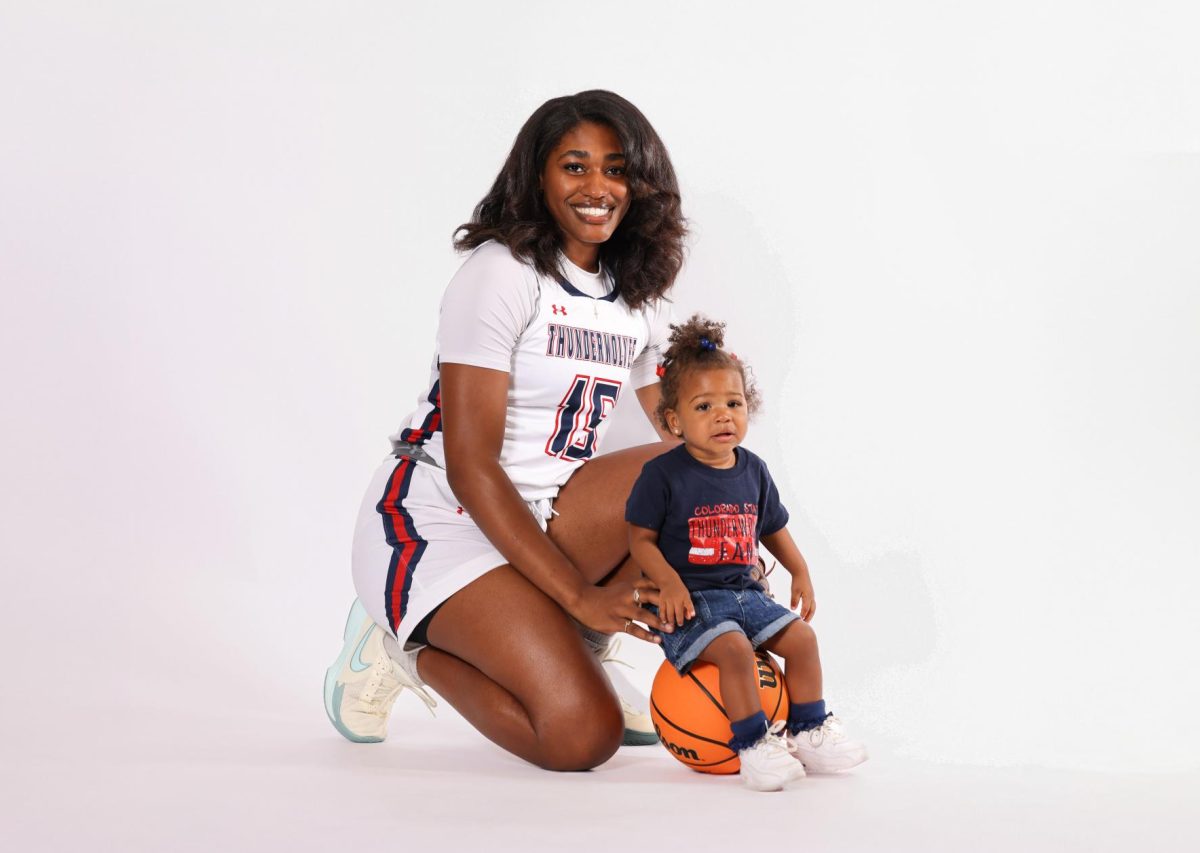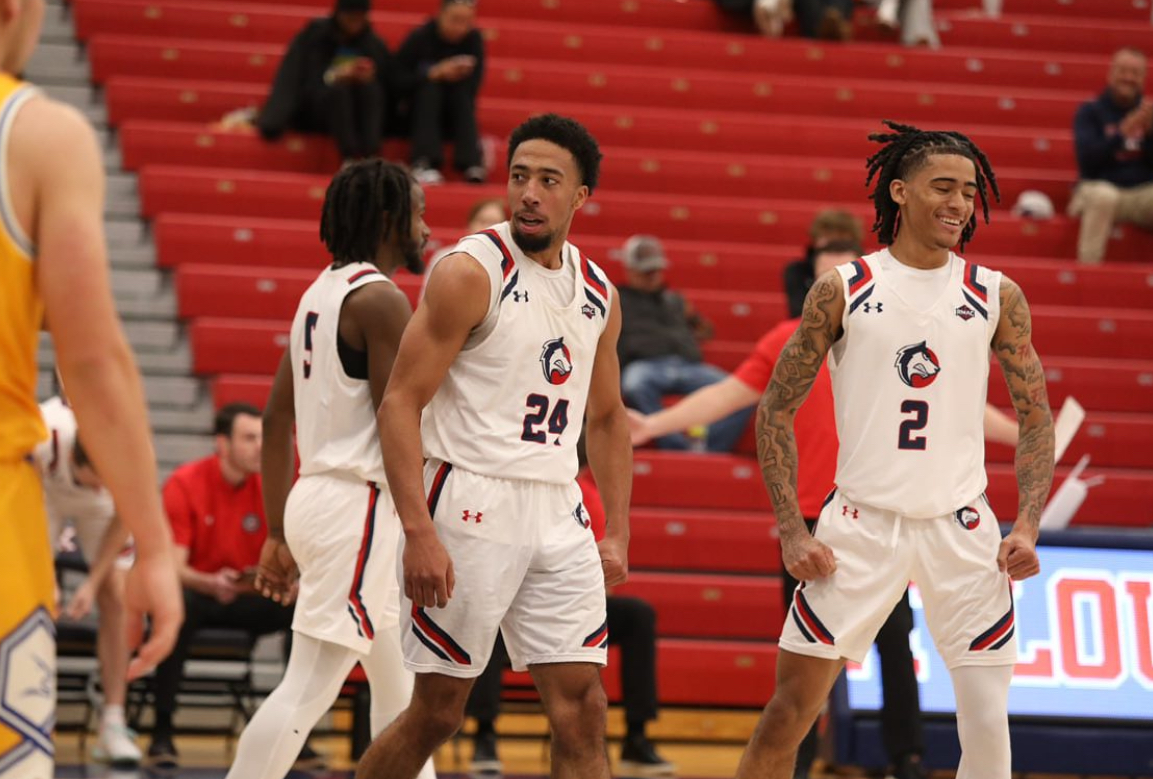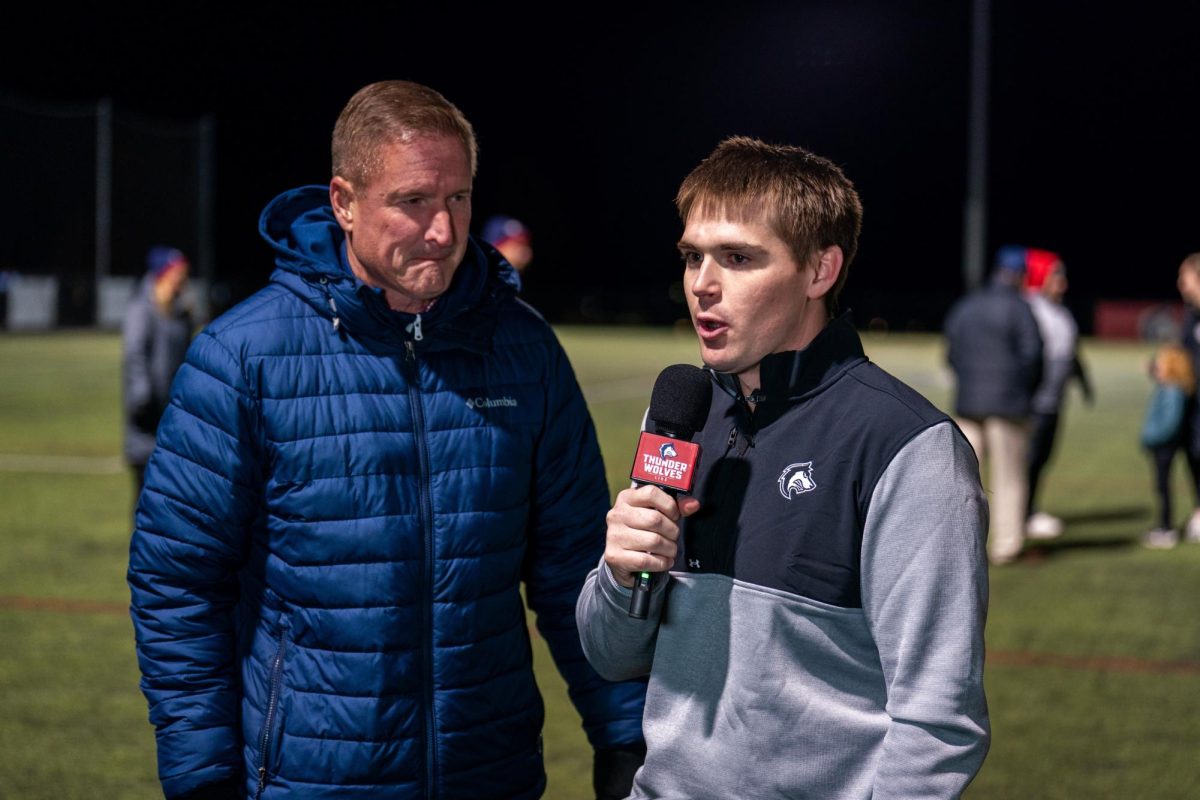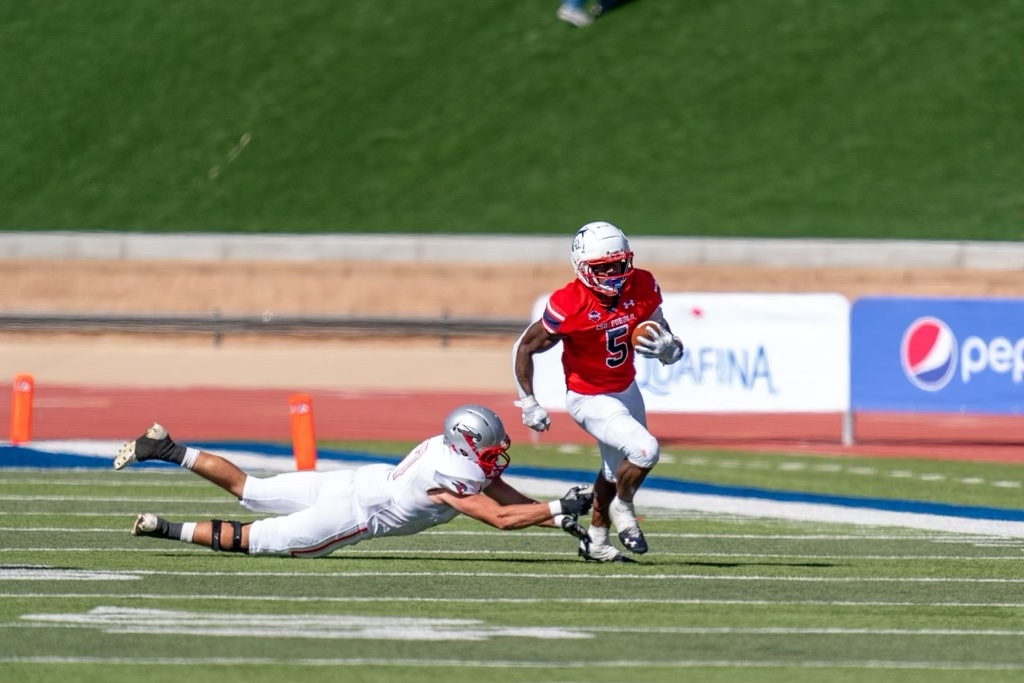
Commonly known as OTAs, these are the first chances for NFL teams to use facilities and orchestrate official practices. OTAs are often considered to be voluntary workouts although many teams add incentives for players to attend the off-season training.
The NFL oversees the OTAs and has set specific guidelines on how the team can conduct these practices. League officials mandate restrictions on how often a team can practice and even the amount of contact that is allowed during practice.
According to the National Football Post, OTAs restrictions are as followed:
“From May until July, teams can conduct up to three practices a week for up to four weeks in addition to one three-day minicamp. Although they are allowed up to 14 OTA practices, few teams have more than 12. Excluding the three-day minicamp, teams cannot practice on weekends and practices can last no more than two hours.”
For years players and teams have argued over the benefits of OTAs. Many players are often fined for not participating or have clauses in their contracts for attending the “voluntary” practices. Veteran players often argue that the rest and recovery are more important than organized team activities.
“It’s about my focus in the offseason, health, family and football,” said Baltimore Raven Safety Ed Reed, who has battled hip, neck and shoulder injuries in recent years. “This is the time of year where players think through things. My goal is to play football in the years to come,” Reed said.
Teams argue evaluating players before pre-season is a huge benefit for the organization. Players feel that the risk of injury outweigh the benefits gained from OTAs. The truth is probably somewhere in the middle. OTAs are a good time for rookies and newly acquired free agents to gel with their new teammates and also learn the playbook.
“OTAs benefit rookies and veterans on new teams. That’s about it. There’s a reason that many established stars around the league skip voluntary OTAs in favour of working out on their own,” said Shane Clemons in a recent article for Sports Reporters.
For fans it is the first chance to hear reports on how their team measures up. NFL fans have several dates marked on their calendar after the previous year’s Super Bowl. One is the NFL draft; the others are the beginning of OTAs, the beginning of preseason, and of course the start of the regular season.
Reports on how rookies are performing, especially high round draft picks, and how off-season additions and losses are affecting the team, act as tasty morsels of information for the starving team fanatics.
This year’s top headline began where last years left off. Not on how the Super Bowl Champs the New York Giants are preparing to defend last year’s championship. Instead, talks about the other New York team, the Jets, offseason acquisition of quarterback Tim Tebow dominated all other NFL offseason topics.
Once again, Tebowmania stole the spotlight. Will Tebow and Sanchez be able to coexist in New York? How will the Jets utilize Tebow in their offense? Is Sanchez afraid Tebow will beat him out of the starting quarterback position? The bombardment of Tebow coverage deluded several other important offseason stories involving contract disputes, injuries
Contract disputes such as the New Orleans Saints QB Drew Brees, Pittsburgh’s wide receiver Steven Wallace, New England’s wide out Wes Welker just to name a few. Injuries like Baltimore Raven’s linebacker Terrell Suggs, who injured his achilles tendon is likely out until November and Jets receiver Santonio Holmes pulled hamstring.
Overall, coverage of the OTAs make for entertaining soap opera like storylines involving, recent player run ins with the law, who is or isn’t attending the voluntary practices, and the ever popular quarterback controversy. All these stories act as football appetizers as the anticipation for the 2012 season begins to build.









